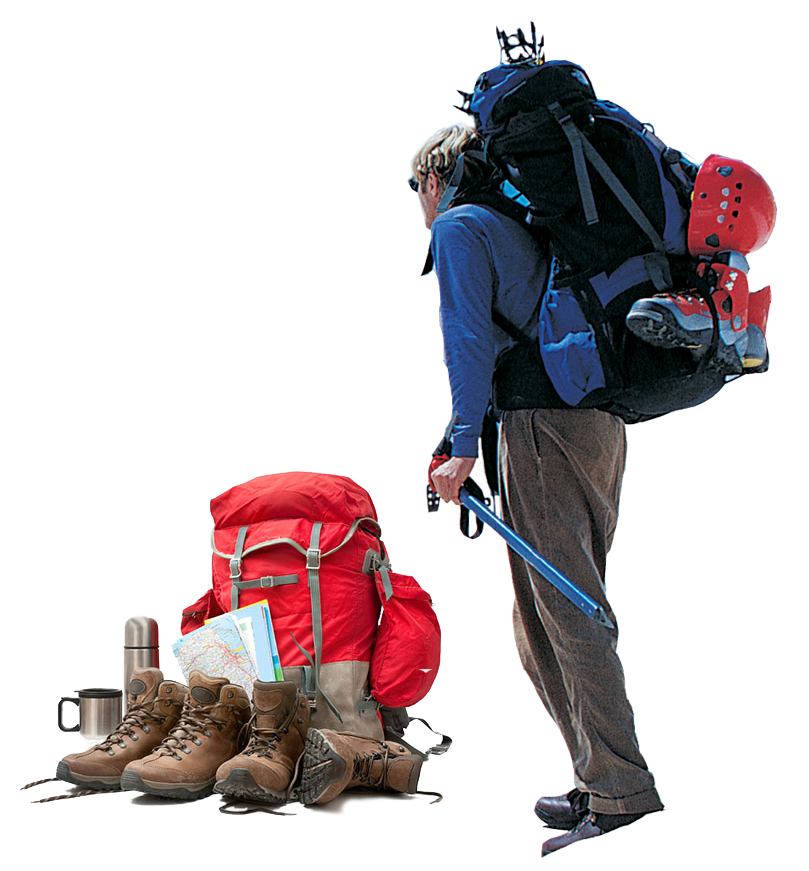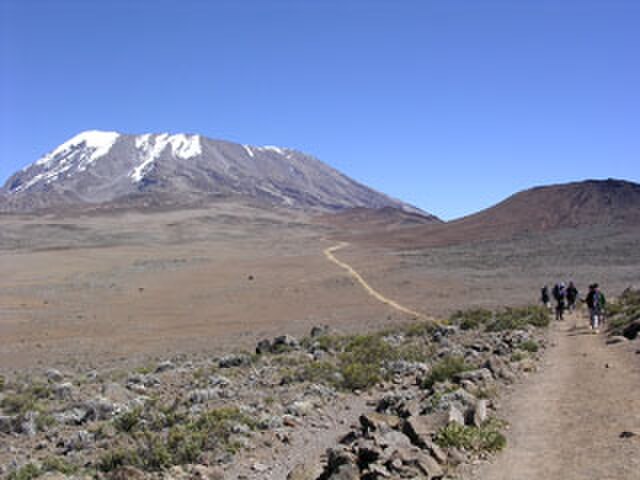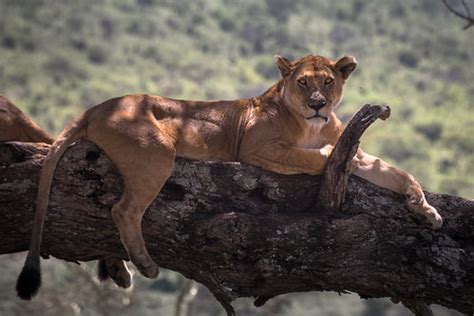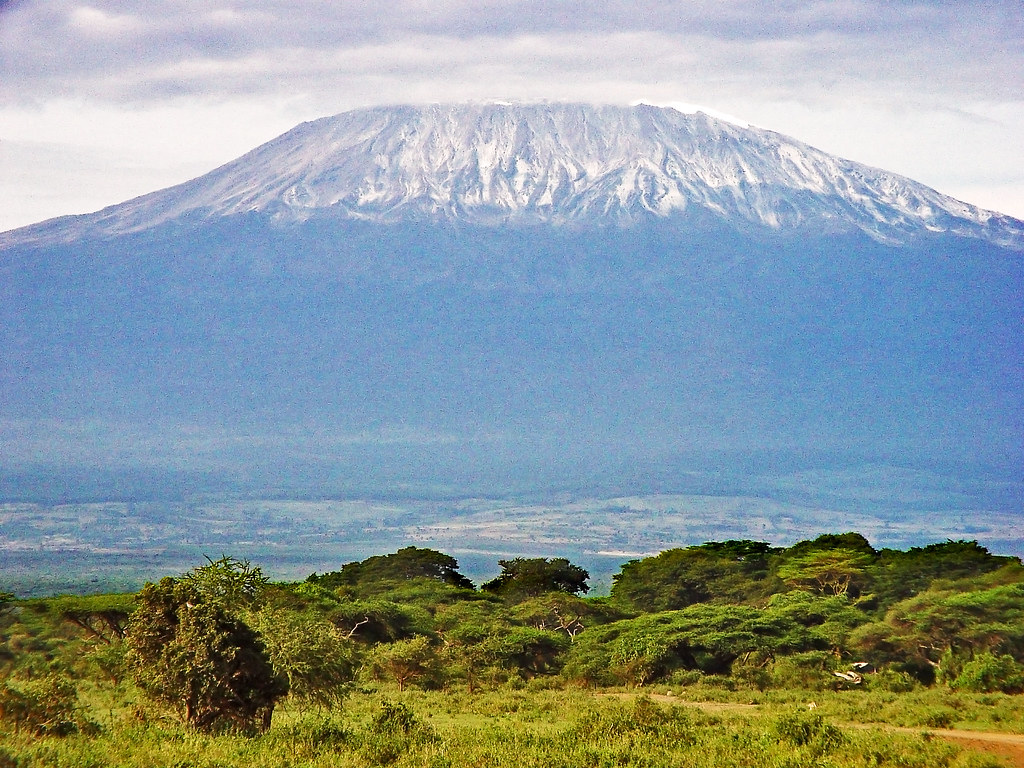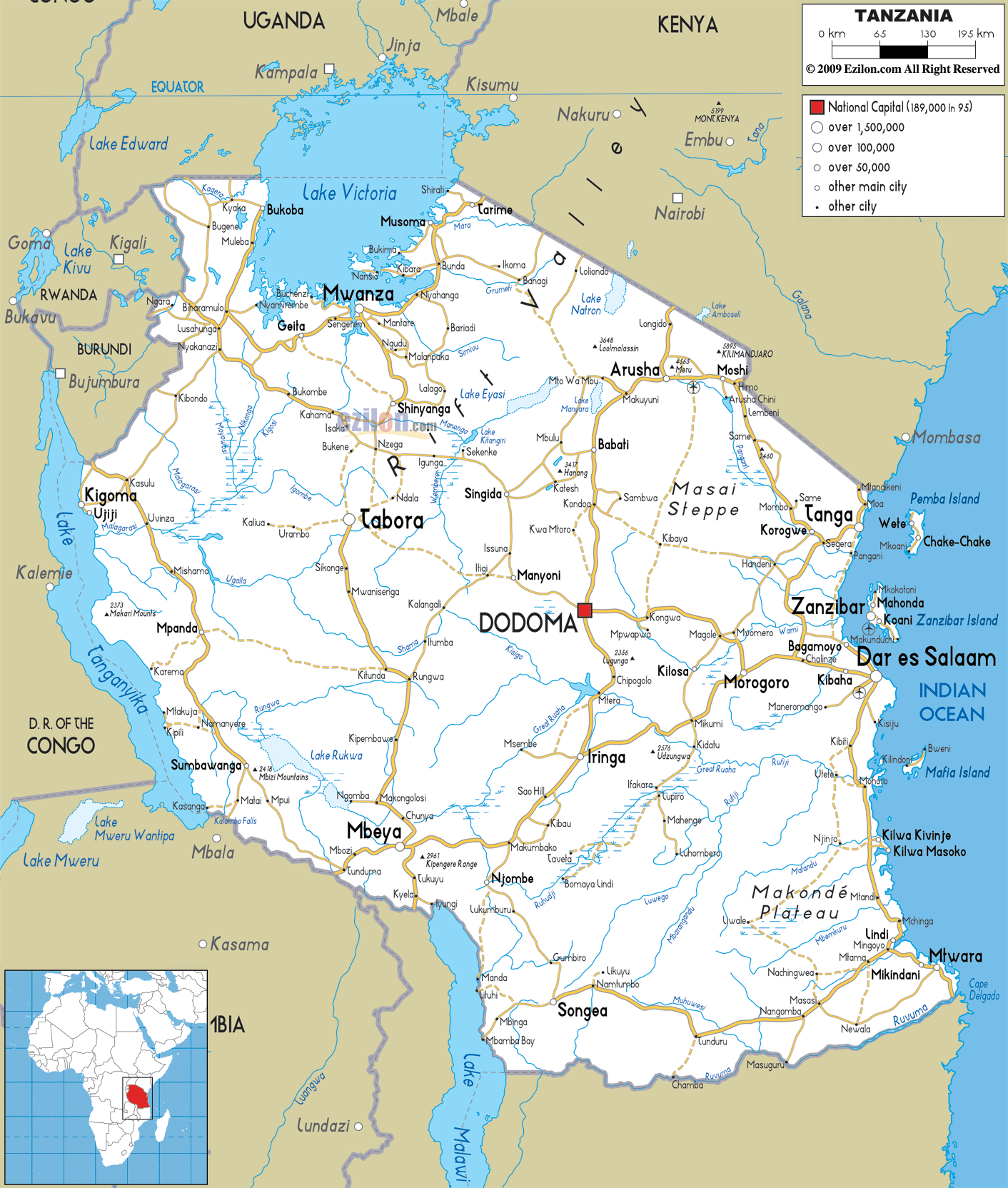Training For Kilimanjaro
A pair of hiking boots and a sense of adventure? Just these things will not suffice on Kilimanjaro! The climb requires a comprehensive Training for Kilimanjaro approach to physical conditioning, mental preparedness, and strategic acclimatization.
Climbing Kilimanjaro may not necessitate technical mountaineering skills, but it is a difficult multi-day trek at high altitudes, posing unique challenges that can test even the most seasoned adventurers. We have a task to accomplish through this exploration – to equip climbers with the knowledge and tools necessary for a seamless Mount Kilimanjaro Climbing adventure.
Proper physical conditioning and training are essential for Kilimanjaro success
Physical Conditioning For Kilimanjaro Climbs
Preparing for the physical demands of ascension requires a targeted Kilimanjaro Training Program that builds strength, endurance, and flexibility. Incorporating a variety of exercises into the Training Plan for Kilimanjaro can help you develop the necessary fitness levels for a successful climb.
Aerobic exercises such as hiking, running, and cycling are excellent for building cardiovascular endurance. It is essential for tackling the steep inclines and high altitudes of Kilimanjaro. Strength training exercises like squats, lunges, and deadlifts can help strengthen the muscles in your legs, core, and upper body. The advantage of this is the stability and power that will be acquired to navigate rocky terrain and carry a backpack.
Incorporating exercises like yoga, Pilates, and balance drills into the Training Schedule for Kilimanjaro can help enhance your coordination and stability, making it easier to navigate uneven terrain and rocky paths. Furthermore, flexibility exercises such as stretching and foam rolling can help improve mobility and range of motion, reducing the likelihood of muscle strains and injuries during the climb.
It's important to gradually increase the intensity and duration of your workouts as you progress in your training program to build endurance and prepare your body for the physical challenges of Climbing Mt Kilimanjaro.
| Exercise Type | Duration | Description |
|---|---|---|
| Warm Up and Stretch | 5 minutes | Stretching to prepare muscles |
| Aerobic Exercise | 15 minutes | Cycling or jogging at moderate intensity |
| Strength Training | 10-12 reps (3 sets) | Squats, Leg press, Calf raises, Leg curls |
| Body-weight Training | 25 reps | Lunges, Sumo Squats |
| Aerobic Exercise | 20 minutes | Stairmaster, Cycling, or running on an incline |
| Cool Down and Stretch | 8 minutes | Gentle cycling or jogging, followed by static stretching |
| Estimated Total Time | 1 hour 10 minutes |
By following a comprehensive Training Programme for Kilimanjaro that includes aerobic exercise, strength training, balance and stability work, and flexibility training, you can enhance your physical conditioning.
Training For The Kilimanjaro Altitude – The Strategies
Various strategies can help individuals acclimatize effectively and reduce the risk of Kilimanjaro Altitude Sickness, Acute Mountain Sickness (AMS), High Altitude Pulmonary Edema (HAPE), and High-Altitude Cerebral Edema (HACE).
| Acclimatization Strategy | Training Suggestions |
|---|---|
| Gradual Ascent | Follow a well-paced itinerary with gradual increases in elevation, allowing time for the body to adjust to altitude. |
| Hydration | Stay well-hydrated by drinking plenty of fluids, preferably water, to maintain blood volume and aid in adaptation. |
| Supplemental Oxygen | Use portable oxygen systems as a temporary measure to alleviate symptoms of altitude sickness and aid acclimatization. |
| Medication | Consult with a healthcare professional about medications like acetazolamide (Diamox) to prevent and alleviate symptoms. |
| Healthy Lifestyle | Maintain proper nutrition, rest, and stress management to support the body's adaptation to high altitudes. |

Proper altitude acclimatization is crucial for Kilimanjaro success
Using Regular Activities As Training Opportunities
In addition to your structured Training to Climb Mt Kilimanjaro, seize opportunities throughout your daily routine to enhance your preparation. Utilize everyday activities as training opportunities – add a 20-pound daypack to your dog-walking routine or opt for the stairs instead of the elevator. Every step counts towards building endurance and strength.
Whether you're in the hills or at the gym, make the most of your surroundings to simulate the challenges of Mount Kilimanjaro Climbing. Hiking over uneven terrain or increasing the duration of your walks can mimic the demands of the mountain, preparing you for long hours on your feet.
If hills aren't accessible, opt for treadmill incline workouts or use the stair climber while wearing your hiking boots and daypack to replicate the experience. Ensure that your training plan is progressive, gradually increasing intensity and duration to challenge your body without risking burnout. Listen to your body's cues and adjust your training as needed to avoid overexertion and injury.
We Advise:
Consulting with a personal trainer or utilizing online training programs can provide valuable guidance in structuring an effective and safe Training Programme for Kilimanjaro that is tailored to your fitness level and goals.
Rest And Recovery – They Are Important Too
While it's essential to push yourself during the course of a Kilimanjaro Climb, it's equally important to recognize the signs of overtraining, such as muscle soreness, fatigue, and poor sleep. These indicators suggest that you may be pushing too hard and need to prioritize rest and recovery.
Starting the Training to Climb Kilimanjaro early, ideally three to six months before your climb, allows for a gradual buildup of fitness and endurance. Remember, success isn't achieved overnight! It's the result of consistent effort and dedication over time.
To keep your training effective, vary your workouts every 3-4 weeks. Incorporating different activities and exercises challenges your body in new ways, preventing adaptation and ensuring continuous progress. Avoid solely walking for your preparation, as your body can quickly adapt to this activity, particularly at sea level.
As your climb date approaches, stop the Training Program for Kilimanjaro about two weeks beforehand. While it's essential to maintain some level of activity, reducing the intensity allows your body to recover fully and ensures you start your climb feeling fresh and energized.
Nutrition And Hydration Guidelines
Proper nutrition and hydration are fundamental aspects of preparing for a Kilimanjaro Climb, as they play a decisive role in sustaining energy levels, enhancing performance, and supporting overall well-being throughout the expedition.
Importance of Nutrition
- Sustained Energy Levels – Consuming nutrient-rich foods ensures a steady supply of energy for the demanding physical exertion required during the Kilimanjaro Trek.
- Muscle Recovery and Repair – Adequate protein intake supports muscle recovery and repair.
- Immune Function – Proper nutrition boosts the immune system, reducing the risk of Kilimanjaro Altitude related illnesses.
- Hydration – Staying well-hydrated is essential for regulating body temperature and preventing dehydration.
Hydration Strategies
- Consistent Fluid Intake – Drink fluids regularly throughout the day, aiming for at least 3-4 litres per day to compensate for increased water loss at high altitudes.
- Electrolyte Balance – Consume electrolyte-rich beverages or snacks to replenish lost minerals.
- Warm Fluids – Choose warm beverages like herbal teas or warm water with lemon to aid digestion and increase fluid intake, especially in cold Kilimanjaro Temperatures.
By following these nutrition and hydration guidelines and customizing your meal plans and hydration strategies to suit the demands of high-altitude climbing, you can optimize your energy levels, enhance performance, and increase your chances of reaching Uhuru Peak.
Mental Preparedness For Climbing Kilimanjaro
Delving into the psychological aspects of Training for Kilimanjaro is essential for forming the right mindset, maintaining motivation, and employing effective mental strategies to navigate the demands of the Kilimanjaro Hike. Here's a detailed look at mental preparedness for Kilimanjaro climbers:
- Cultivate a positive mindset for success. Viewing challenges as opportunities for growth rather than obstacles can help maintain motivation.
- Being adaptable and open to change is next, as fluctuating weather conditions, Kilimanjaro Climbing Route challenges, and unexpected circumstances are common.
- Instead of becoming overwhelmed by the enormity of the Kilimanjaro Climb, focus on the present moment.
- Visualizing success and mentally rehearsing the climb can build confidence and reduce anxiety.
- Clarifying personal goals and reasons for undertaking the climb can provide intrinsic motivation.
By integrating these mental preparedness strategies into Training to Climb Kilimanjaro and ascent plans, climbers can enhance their psychological readiness, maintain motivation, and effectively navigate the mental challenges that come with Mount Kilimanjaro Climbing.
Mental strength and preparation are as important as physical conditioning
Our Recommended Kilimanjaro Routes
Choose from our expertly guided Kilimanjaro climbing routes, each designed to provide optimal training benefits and summit success rates:
- 8 Days Lemosho Route - Perfect for acclimatization and scenic beauty
- 9 Days Northern Circuit Route - Longest route with highest success rates
- 7 Days Machame Route - Popular "Whiskey Route" with excellent training benefits
- 7 Days Rongai Route - Less crowded northern approach ideal for training
Get Fit for the Summit with our Kilimanjaro Training Guide!
Training for Kilimanjaro is not just about building strength and endurance – rather it's also about how climbers can cultivate mental courage and a deep respect for the mountain. By following a comprehensive training regimen welcoming the Mount Kilimanjaro Climbing journey with determination and perseverance, you'll be well-prepared for the set of challenges that Kilimanjaro presents.
Incorporating a variety of exercises, including cardiovascular workouts, strength training, and balance drills, into one's training regimen can help build the strength needed for a successful Kilimanjaro ascent.
Final Training Advice:
Start your training program 3-6 months before your climb date. Focus on building cardiovascular endurance, leg strength, and mental resilience. Remember that consistency in training is more important than intensity. Listen to your body, include rest days, and gradually increase your training load to avoid injury and ensure you're in peak condition for your Kilimanjaro adventure.
